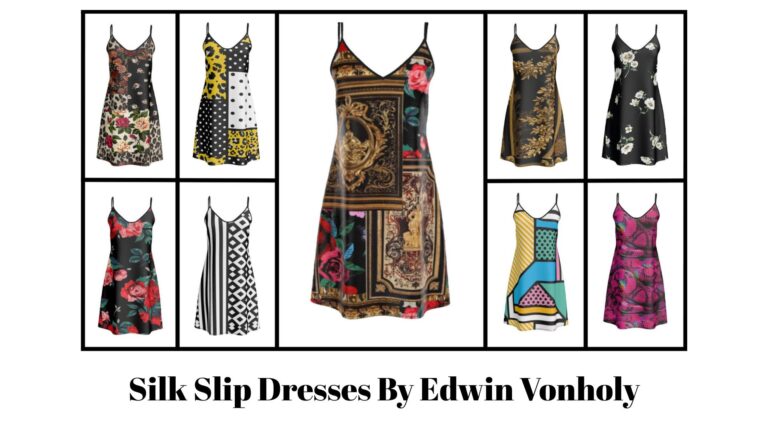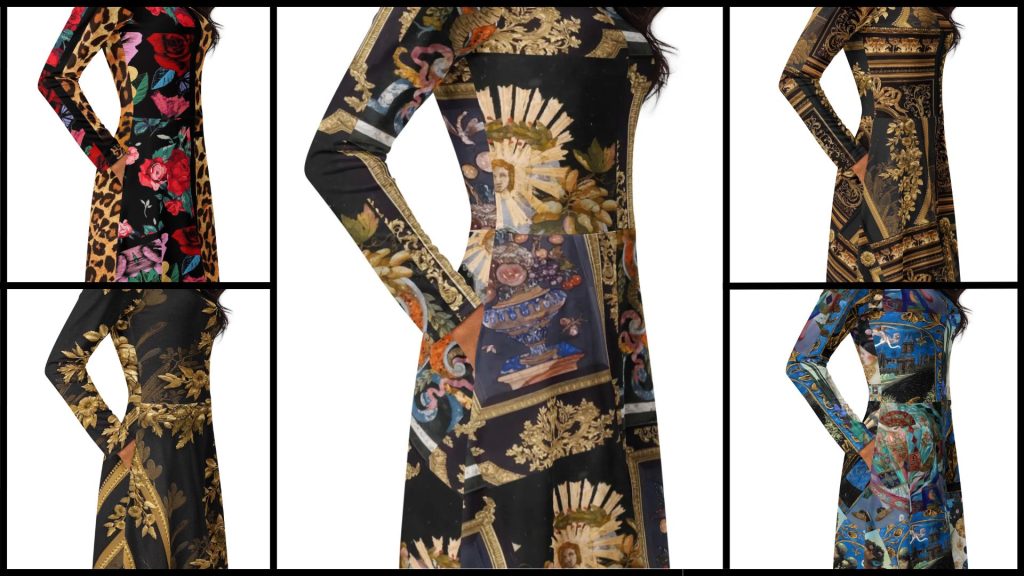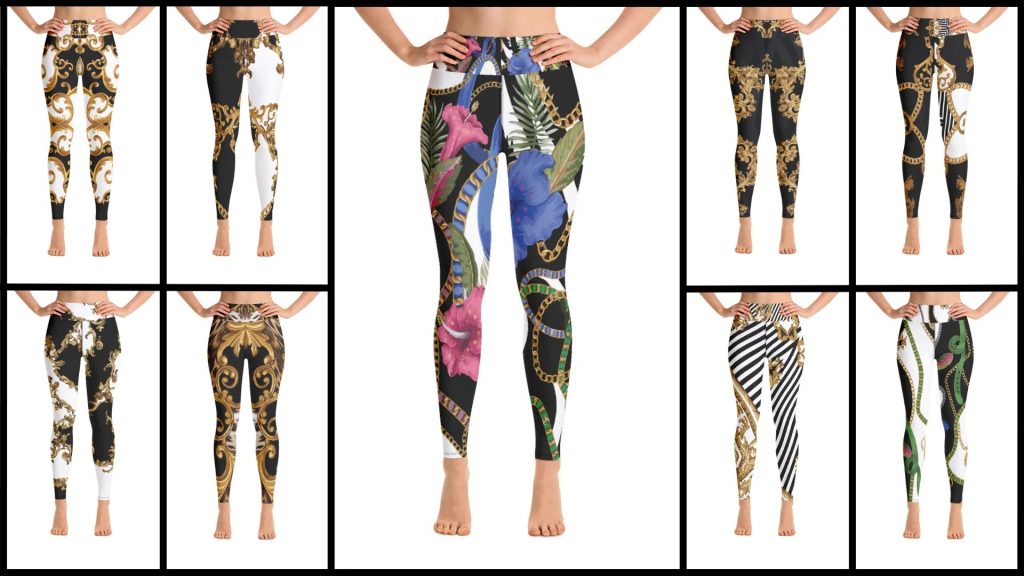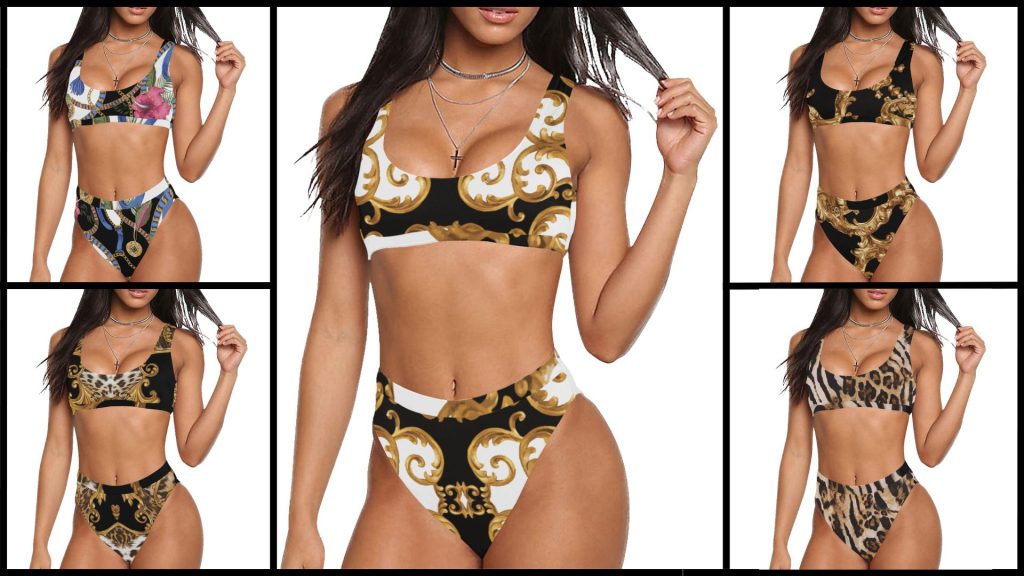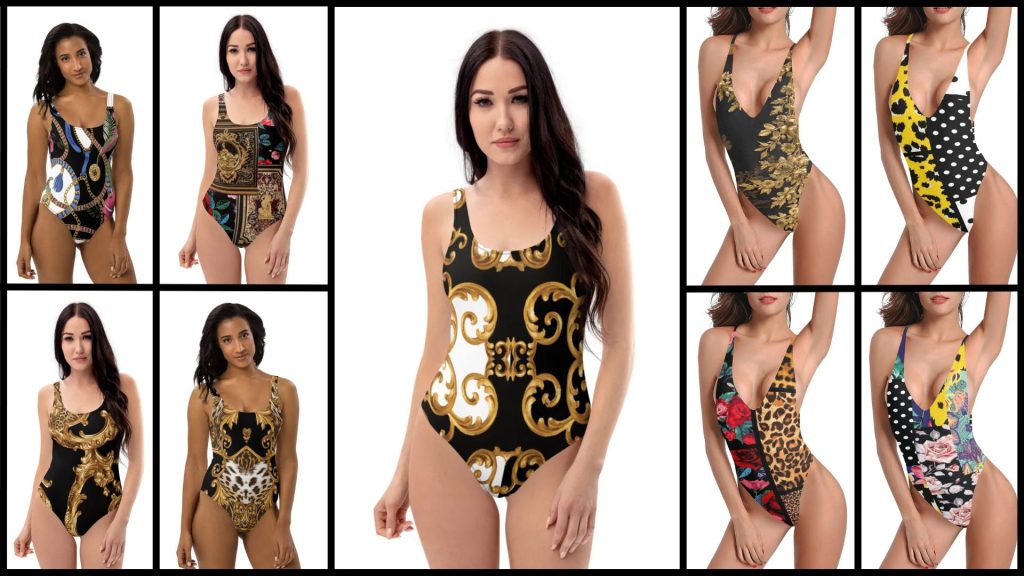The History of Babydoll Fashion: From the 1950s to Today
The babydoll dress has become an iconic garment in the fashion world, adored for its playful, feminine silhouette and versatile styling options. With its roots deeply embedded in the mid-20th century, the babydoll dress has evolved from a symbol of innocence to a fashionable statement piece embraced by various subcultures. In this article, we will explore the history of babydoll fashion and how it has transformed from its origins in the 1950s to its modern-day resurgence.
1. The Birth of the Babydoll Dress: 1950s
The babydoll dress first emerged in the 1950s, a time when fashion was heavily influenced by the post-war desire for optimism, comfort, and femininity. Designer Sylvia Ayton is often credited with popularizing the style, although it was fashion houses like Christian Dior and Hubert de Givenchy that helped shape the silhouette. The dress was a loose, knee-length garment with a flared hem, typically characterized by its short sleeves, high waist, and flattering, relaxed cut.
Named after the popular 1956 film Baby Doll starring Carroll Baker, the dress became associated with youthful innocence and was considered the perfect garment for women seeking both comfort and femininity. The film’s portrayal of Baker in a provocative, yet girlish outfit helped cement the babydoll dress as a symbol of flirtation and allure.
Key Features of 1950s Babydoll Fashion:
Loose, knee-length silhouette.
High waistline, often just under the bust.
Soft, feminine fabrics like cotton or satin.
Short or puffed sleeves for added youthfulness.
Associated with innocence and flirtation.
2. 1960s: The Mod Twist
As the 1960s ushered in the era of the mod style, the babydoll dress experienced a modern makeover. Designers like Mary Quant, who is credited with popularizing the mini skirt, incorporated the babydoll silhouette into the mod fashion movement, giving it a more youthful and avant-garde edge. The shape became more structured, and fabrics like polyester and vinyl were introduced for a more contemporary feel.
The babydoll dress in the 1960s was often seen as a symbol of rebellion, a departure from the more conventional, corseted styles of the previous decade. It became a go-to choice for young women eager to express their independence and embrace the new wave of freedom and experimentation in fashion.
Key Features of 1960s Babydoll Fashion:
Bold patterns and bright colors, often geometric or psychedelic.
Shorter hemlines, sometimes above the knee.
More structured fabrics like polyester, vinyl, or plaid.
A symbol of rebellion and youthful freedom.
3. 1970s: Feminism Meets Fashion
During the 1970s, the babydoll dress took on a more feminist undertone as women’s fashion was increasingly influenced by the women’s liberation movement. The dress was embraced for its comfortable, free-spirited vibe, and designers began experimenting with different fabrics and silhouettes to create more versatile and gender-neutral looks.
While the babydoll dress retained its innocent charm, it was also reimagined to suit the growing demand for practical, day-to-day clothing. Maxi versions of the dress became popular, and the soft, bohemian aesthetic aligned with the hippie movement that dominated the decade. Floral prints, lace, and natural fabrics like cotton and linen took center stage.
Key Features of 1970s Babydoll Fashion:
Longer, maxi-length babydoll dresses.
Floral, bohemian prints.
Natural fabrics like cotton and linen.
Influence from the feminist and hippie movements.
4. 1980s: Exaggerated Femininity and Bold Statements
In the 1980s, the babydoll dress experienced a dramatic reinvention, with exaggerated proportions and bold fashion choices. Designers like Jean Paul Gaultier and Vivienne Westwood added a punk twist to the classic design, incorporating oversized elements, bold colors, and unconventional fabrics. The emphasis was on empowering women through fashion, with babydoll dresses styled to make strong, bold statements.
The 1980s also saw the introduction of more structured, often more formal versions of the babydoll dress, made with luxe materials like velvet and satin. These dresses were often paired with oversized blazers, heavy accessories, and bold makeup, creating an edgy yet feminine look.
Key Features of 1980s Babydoll Fashion:
Bold colors and oversized silhouettes.
Luxurious fabrics like velvet, satin, and tulle.
Punk influences and exaggerated femininity.
Power dressing with statement accessories.
5. 1990s: Grunge and the Casual Revival
The 1990s marked a shift in babydoll fashion, as the grunge movement dominated youth culture. The dress was reinvented to fit the relaxed, laid-back style of the time. Babydoll dresses were often worn with chunky boots, plaid shirts, or oversized cardigans, creating a contrast between the sweet femininity of the dress and the rough, rebellious elements of the grunge aesthetic.
Designers like Marc Jacobs and brands like Baby Phat incorporated the babydoll dress into their collections, but with a much more casual, effortless vibe. The dress became a symbol of anti-fashion, where comfort and self-expression took precedence over high-maintenance beauty standards.
Key Features of 1990s Babydoll Fashion:
Casual, relaxed styling.
Worn with grunge elements like combat boots and plaid shirts.
Simple, minimalistic designs.
The rise of anti-fashion and streetwear influences.
6. 2000s to Today: A Modern Reinvention
The babydoll dress made a comeback in the early 2000s, largely influenced by pop culture icons like Britney Spears, Paris Hilton, and Mary-Kate and Ashley Olsen, who all sported the dress in various forms. The early 2000s version was often paired with platform shoes and accessories like large sunglasses, contributing to a retro-futuristic vibe.
In recent years, babydoll dresses have evolved into a more refined and elegant piece, with modern interpretations that emphasize minimalist styling, clean lines, and luxurious fabrics. They’re seen on the runway, worn by celebrities, and incorporated into everyday wardrobes, making the babydoll dress a symbol of both nostalgia and timelessness.
Today, babydoll dresses come in a variety of forms, from vintage-inspired designs to modern versions featuring unexpected materials like leather, velvet, and silk. They continue to remain relevant and stylish, offering an easy way to incorporate femininity and comfort into any wardrobe.
Key Features of Modern Babydoll Fashion:
Minimalist designs with modern fabrics like velvet, silk, and leather.
Incorporation of edgy or punk influences.
Worn as casual, formal, and streetwear pieces.
Seen on runways, celebrities, and everyday fashionistas.
7. The Babydoll Dress Today: A Timeless Classic
From its origins as a symbol of femininity and flirtation in the 1950s to its modern-day reinvention, the babydoll dress has remained an enduring symbol of style and comfort. Today, it continues to evolve, with new generations embracing its versatility and timeless appeal. Whether worn as a casual day dress or a sophisticated evening look, the babydoll dress shows no signs of losing its place in the world of fashion. Its rich history and constant reinvention prove that some trends are truly timeless.
